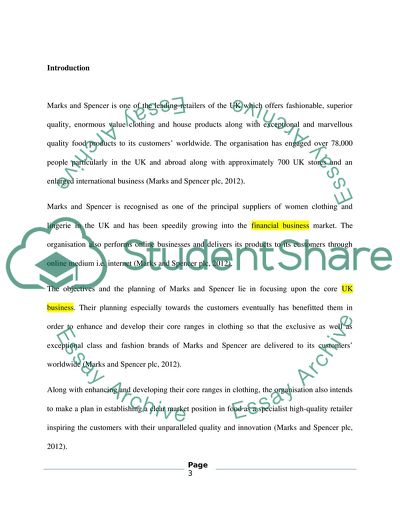Cite this document
(The Use of Information Systems and Information Technology in Retail Sector Term Paper Example | Topics and Well Written Essays - 3500 words, n.d.)
The Use of Information Systems and Information Technology in Retail Sector Term Paper Example | Topics and Well Written Essays - 3500 words. https://studentshare.org/information-technology/1765631-strategic-systems-management
The Use of Information Systems and Information Technology in Retail Sector Term Paper Example | Topics and Well Written Essays - 3500 words. https://studentshare.org/information-technology/1765631-strategic-systems-management
(The Use of Information Systems and Information Technology in Retail Sector Term Paper Example | Topics and Well Written Essays - 3500 Words)
The Use of Information Systems and Information Technology in Retail Sector Term Paper Example | Topics and Well Written Essays - 3500 Words. https://studentshare.org/information-technology/1765631-strategic-systems-management.
The Use of Information Systems and Information Technology in Retail Sector Term Paper Example | Topics and Well Written Essays - 3500 Words. https://studentshare.org/information-technology/1765631-strategic-systems-management.
“The Use of Information Systems and Information Technology in Retail Sector Term Paper Example | Topics and Well Written Essays - 3500 Words”. https://studentshare.org/information-technology/1765631-strategic-systems-management.


